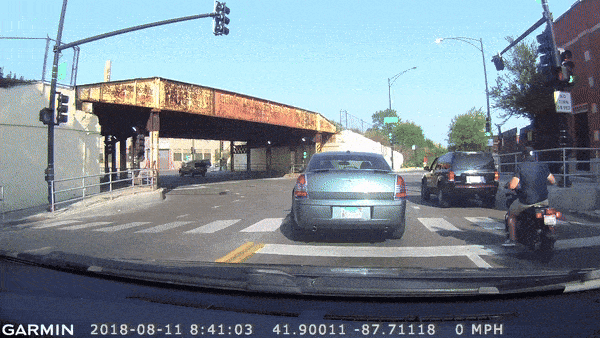
Hit and Run video by John Dough
A hit and run or hit-and-run offense occurs when an individual causes or contributes to a traffic collision and leaves the scene without offering assistance or providing their contact information.
The legal penalties of such actions are significant, as they deter drivers from leaving the scene of an accident, thus promoting a sense of responsibility and accountability among motorists.
Legislation related to hit-and-run offenses has been developed over time and varies by jurisdiction. Penalties for these offenses may include fines, license suspensions, and imprisonment.
By examining the evolution of hit-and-run laws and the current enforcement methods, we can better understand their role in influencing driver behavior and enhancing public safety. These laws are not just punitive; they are an essential component of a system that seeks to reduce the incidence of traffic accidents and ensure that justice is served when they do occur.
Identities
- Glossary: Hit and Run
- Wikipedia: Hit and Run
- Wiktionary: Hit and Run
- DBPedia: Hit and Run
- ProductOntology: Hit and Run
- Wikidata: Q386899
- KnowledgePanel: /m/06d0mv
Key Takeaways
- Hit-and-run is a criminal act of causing a traffic collision and not stopping afterward.
- Hit-and-run can involve both property damage and injury to individuals.
- Obligations and responsibilities include exchanging information, summoning emergency services if needed, and rendering reasonable assistance to injured individuals.
- Legal consequences for hit-and-run vary from state to state but include fines, imprisonment, and revocation of driver’s license.
Additional Obligation
After a hit-and-run incident, it is a legal requirement for the driver at fault to stop at the scene, assist anyone injured, and exchange relevant information. These actions are part of the driver’s duty to rescue, ensuring that injured parties receive prompt medical attention and reduce further harm. The law in many places demands this duty to rescue to protect public safety and uphold humanitarian values.
Fulfilling these obligations is essential. A driver who does not stop, provide aid, or exchange information after causing an accident can face serious legal consequences. Legal consequences may include criminal charges, fines, or jail time. Furthermore, there is a risk of civil liabilities for drivers who neglect their duty to rescue.
Adhering to post-accident obligations is crucial not just because the law requires it but also because it reflects a commitment to ethical conduct. By fulfilling their responsibilities, drivers demonstrate respect for the well-being of others and the rule of law. This adherence helps alleviate the accident’s effects on all involved parties.
History
The historical development of hit-and-run laws began as a response to the need to protect hit-and-run victims before modern vehicle identification technologies. This legal evolution was critical because victims of early traffic collisions faced significant risks due to the lack of identifiable information on vehicles, such as license plates. The absence of paved roads often meant that vehicles could easily flee the scene of an accident, leaving victims without recourse. Drivers wore large goggles and dusters that also concealed their identities, further complicating the identification of those responsible for accidents.
Recognizing these challenges, legislators crafted stringent laws to safeguard victims and ensure drivers were held accountable for their actions.
Subsequently, the increase in vehicular travel necessitated the expansion of the legal framework to specifically address the emerging issue of hit-and-run incidents, thereby incorporating penal provisions to deter such behavior and provide justice for victims.
Legal consequences
Drivers who commit hit-and-run offenses face serious legal consequences, which vary depending on the jurisdiction, the severity of the incident, and their prior criminal record. These penalties act as a strong deterrent and aim to compensate victims for their losses. The repercussions also extend to the offender’s insurance status, often resulting in higher costs and potential policy termination.
| Consequence | Description |
|---|---|
| Criminal Charges | The nature of the incident determines whether the charge is a misdemeanor or felony. |
| Fines | Jurisdictions impose monetary penalties that differ based on the case details. |
| Incarceration | Serious injury or death in the incident may lead to jail or prison sentences. |
| License Sanctions | Authorities may suspend, revoke, or cancel driving privileges. |
| Insurance Impact | Offenders may experience increased premiums or face policy non-renewal or cancellation. |
Drivers must understand the importance of adhering to road safety regulations to avoid the severe penalties of hit-and-run offenses.
« Back to Glossary Index